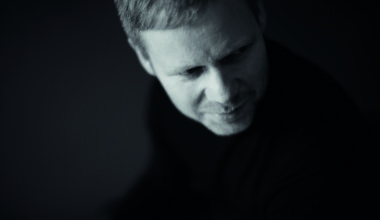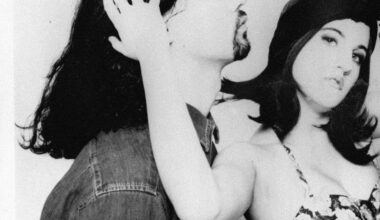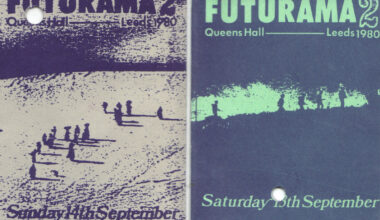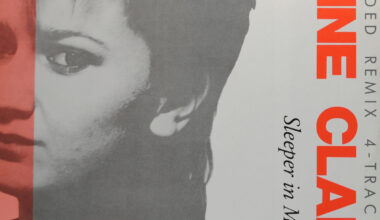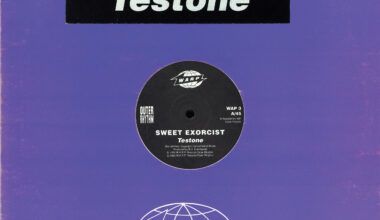Kevin Saunderson tells us why Inner City’s 1988 chart monster ‘Good Life’ was the right song for the right time
Want to read more?
Sign up to Electronic Sound Premium to gain access to every post, video, special offers, and more. 100%, all you can eat, no commitment, cancel any time.
Already a premium member? Log in here
